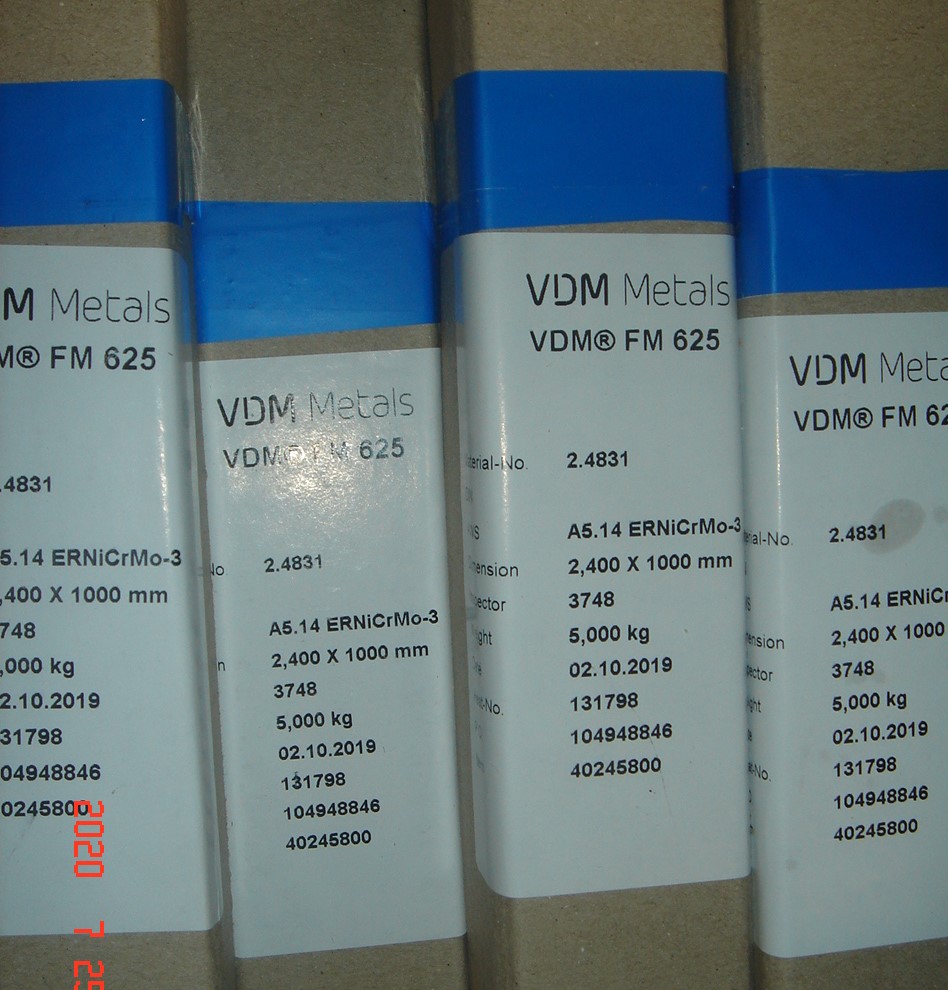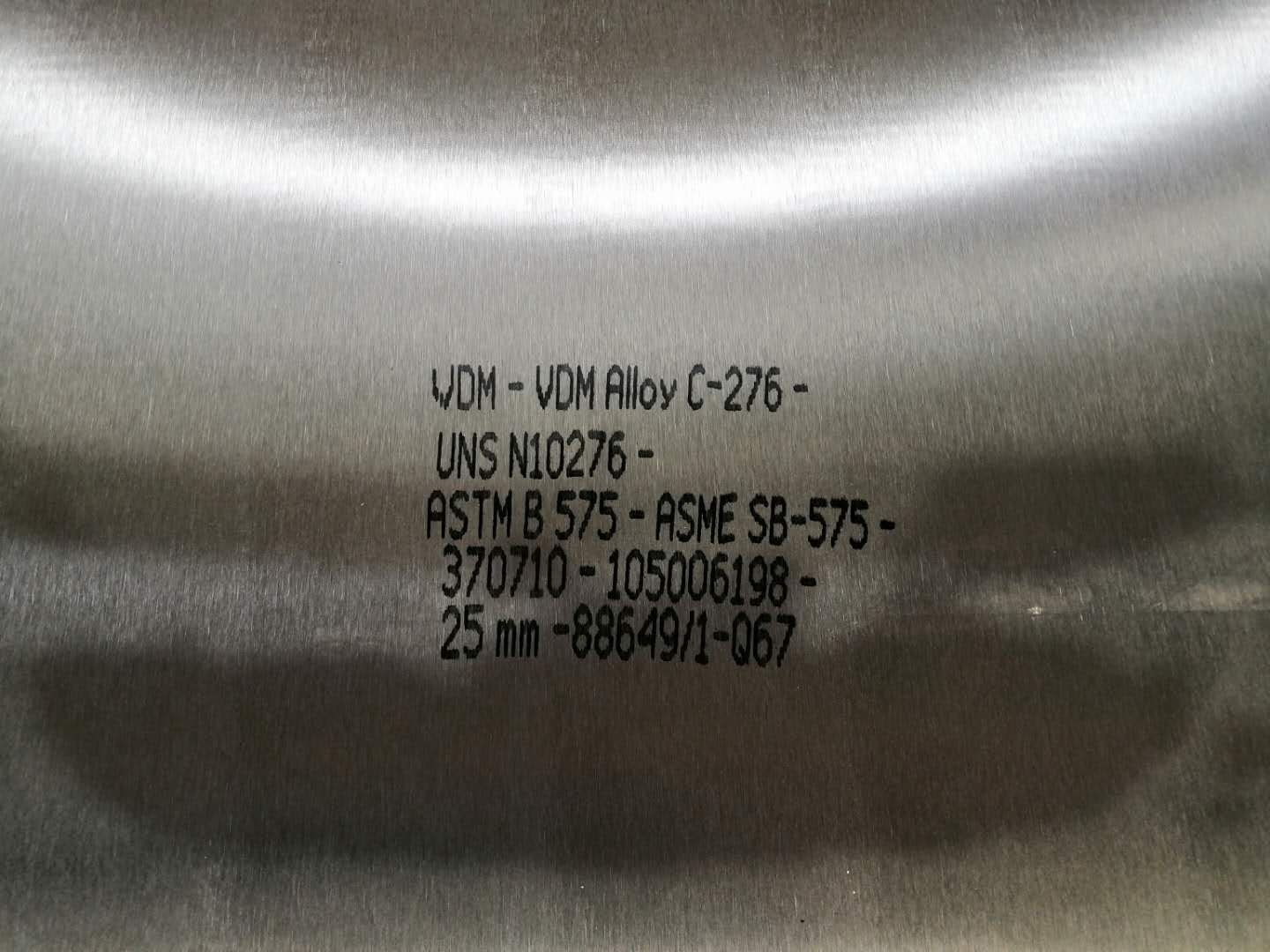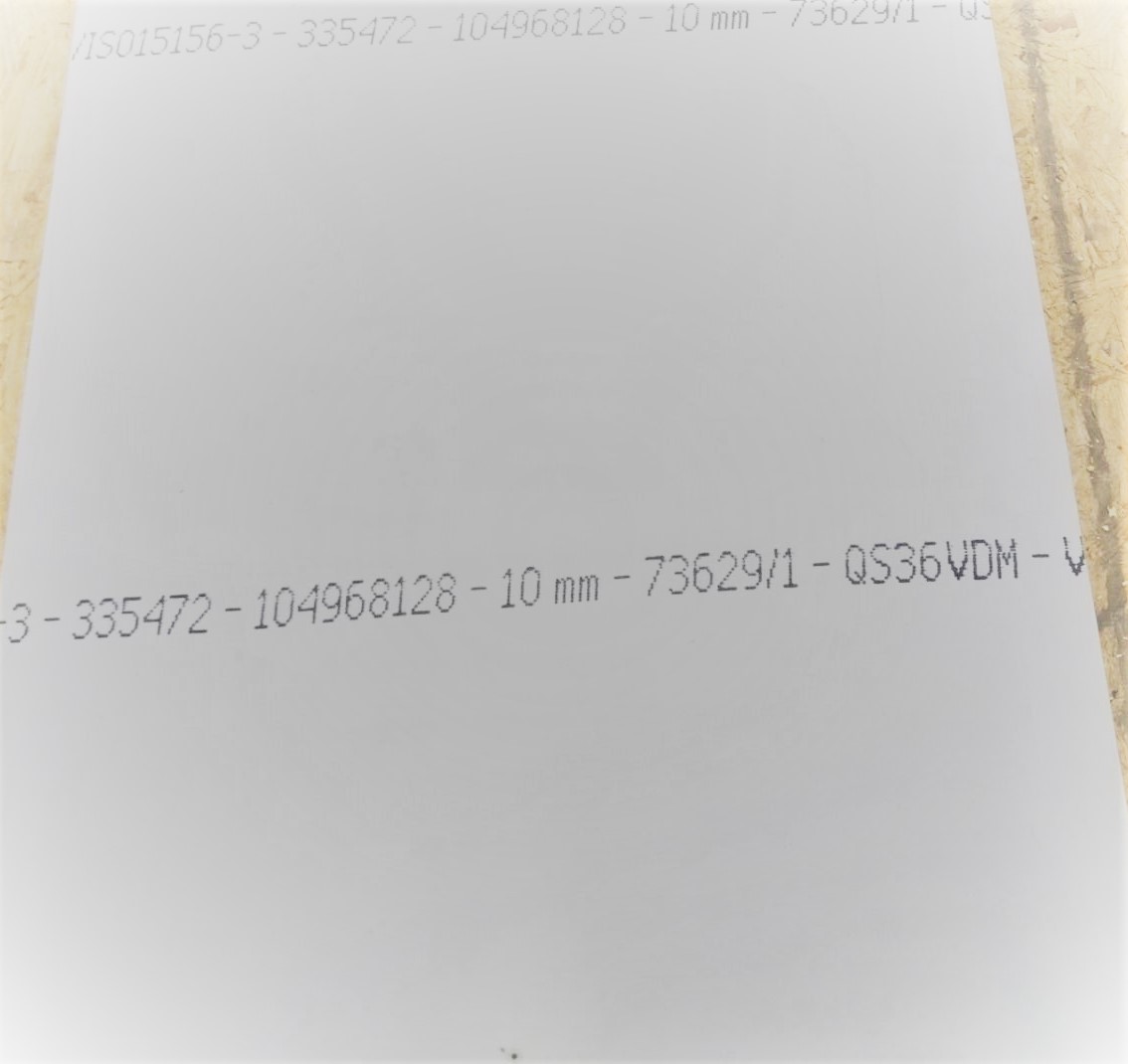Misunderstanding and risk of nickel base alloy welding wire replacement
Author: Date:2025-03-28 Browse Volume:111 timesIn my daily contacts with customers, I've found that some customers are using nickel-based alloy welding wires of different grades interchangeably. When welding nickel-based alloys with somewhat similar compositions, whether the welding wires can be substituted for each other needs to be carefully considered. One cannot simply make substitutions just based on the similarity of compositions. 1. Why can't we just look at the compositions? The properties of nickel-based alloys (such as Hastelloy, Inconel, etc.) depend on the composition ratios, trace elements, and impurity control. Even if the main components (such as nickel, chromium, and molybdenum) of two alloys are similar, the following differences may lead to welding failures: 01 Minor differences in key elements: For example, if the base metal contains 6% molybdenum while the welding wire only contains 4% molybdenum, the weld seam may be preferentially corroded in a corrosive environment. 02 Impurity (sulfur, phosphorus) content: Excessive impurities in the welding wire can cause cracks during welding (especially in high-temperature environments). 03 Trace elements (such as niobium, titanium): These elements may affect the intergranular corrosion resistance or high-temperature strength. 2. In what situations can substitution be possible? 01 "Temporary solution" for emergency repairs Conditions: Non-critical components (such as equipment casings), short-term use (≤3 months), and non-corrosive environments. Case: A fertilizer plant used Monel 400 welding wire to temporarily weld the leakage point of an Inconel 600 pipeline. The strength of the weld seam retained 85%, but the corrosion situation needs to be checked monthly. 02 "Precise substitution" with matching working conditions In acidic environments (such as hydrochloric acid): It is recommended to use Hastelloy C-276 welding wire to substitute for Inconel 625, and the corrosion resistance is increased by 40%. Taboo: Reverse substitution (using 625 to substitute for C-276) may cause the weld seam to corrode rapidly when the Cl⁻ concentration is > 1000ppm. 03 High-temperature and non-corrosive environments Using Inconel 625 welding wire to substitute for Inconel 600, the high-temperature strength is increased by 50% (the tensile strength increases from 530MPa to 827MPa at 800℃ in some working conditions). 3. Examples of substitution risks Case 1: Welding Inconel 718 base metal with Inconel 625 welding wire. Problem: 718 contains aluminum and titanium (used for age hardening), while 625 does not. The strength of the weld seam may be insufficient. Case 2: Welding C-22 base metal with Hastelloy C-276 welding wire. On the surface, the compositions seem similar, but C-22 has a higher molybdenum content. If the environment has high requirements for pitting corrosion resistance, the weld seam may become a weak point. 4. Correct practices 1. Give priority to using the welding wire recommended by the base metal manufacturer (such as using ERNiCrMo-3 for Inconel 625). 2. Be sure to conduct a welding procedure qualification before substitution, including data from tensile and corrosion tests, etc. 3. For welded parts that are in long-term service in high-temperature and corrosive environments, substitution is strictly prohibited. Similar compositions do not mean the same properties. When substituting welding materials, we need to comprehensively consider the details of the composition, working condition requirements, process verification, and other process requirements. I would like to remind here that when there is no clear data support, give priority to using the welding materials matched with the base metal to avoid suffering a big loss for a small gain.

Monel 400 nickel-copper alloy full inventory specifications recommended, the "specialist" in corrosion resistance fields
Next:No more!




